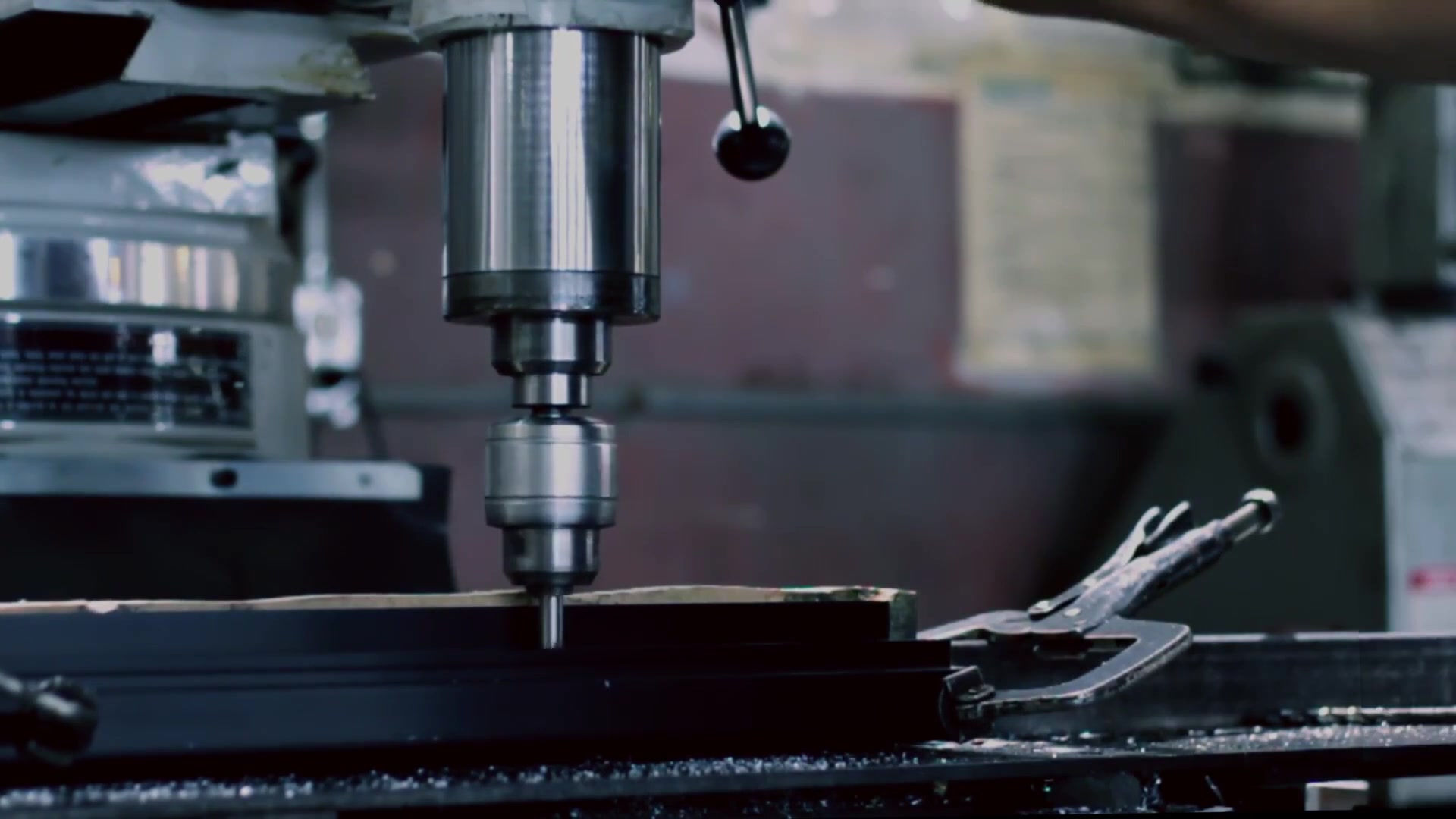


Global Custom Manufacturer, Integrator, Consolidator, Outsourcing Partner for a Wide Variety of Products & Services.
We are your one-stop source for manufacturing, fabrication, engineering, consolidation, integration, outsourcing of custom manufactured and off-shelf products & services. We also private label / white label your products with your brand name if you wish.
Choose your Language
-
Custom Manufacturing of Parts, Components, Assemblies, Finished Products, Machines and Industrial Equipment
-
Domestic & Global Contract Manufacturing
-
Manufacturing Outsourcing
-
Domestic, Global Procurement of Industrial Products
-
Private labeling / White Labeling your Products with your Brand Name
-
Product Finding & Locating Services
-
Global Design and Channel Partnership
-
Engineering Integration
-
Engineering Services
-
Global Consolidation, Warehousing, Logistics
CAMS / FOLLOWERS / LINKAGES / RATCHET WHEELS: A CAM is a machine element designed to generate a desired motion in a follower by means of direct contact. Cams are generally mounted on rotating shafts, even though they can be used so that they remain stationary and the follower moves about them. Cams may also produce oscillating motion or may convert motions from one form to another. The shape of a cam is always determined by the motion of the CAM FOLLOWER. A cam is the end product of a desired follower movement. A MECHANICAL LINKAGE is an assembly of bodies connected to manage forces and movement. Combinations of the crank, link, and sliding elements are commonly termed bar linkages. Linkages are essentially straight members joined together. Only a small number of dimensions need to be held closely. The joints make use of standard bearings, and the links in effect form a solid chain. Systems having cams and linkages convert rotary motion into reciprocating or oscillating motion. RATCHET WHEELS are used to transform reciprocating or oscillatory motion into intermittent motion, to transmit motion in one direction only, or as an indexing device.
We offer our customers the following TYPES OF CAMS:
- OD or plate cam
- Barrel cam (drum or cylinder)
- Dual cam
- Conjugate cam
- Face cam
- Combination drum and plate cam
- Globoidal cam for automatic tool changer
- Positive motion cam
- Indexing drive
- Multi - station drive
- Geneva - type drives
We have the following CAM FOLLOWERS:
- Flat face follower
- Radial follower / Offset radial follower
- Swinging follower
- Conjugate radial dual roller followers
- Closed-cam follower
- Spring-loaded conjugate cam roller
- Conjugate swing arm dual-roller follower
- Index cam follower
- Roller followers (round, flat, roller, offset roller)
- Yoke - type follower
Click here to download our brochure for Cam Followers
Some of the MAJOR TYPES OF MOTIONS produced by our cams are:
- Uniform motion (constant - velocity motion)
- Parabolic motion
- Harmonic motion
- Cycloidal motion
- Modified trapezoidal motion
- Modified sine-curve motion
- Synthesized, modified sine - harmonic motion
Cams have advantages over kinematic four-bar linkages. Cams are easier to design and actions produced by cams can be more accurately forecast. For example, with linkages it is very difficult to cause the follower system to remain stationary during portions of cycles. On the other hand, with cams this is accomplished by a contour surface that runs concentric with the rotation center. We design cams with special computer programs accurately. With standard cam motions we can produce a predetermined motion, velocity and acceleration during a specific portion of a cam cycle, which would be much more difficult using linkages.
When designing high quality cams for fast machines, we take into account proper dynamic design considering velocity, acceleration and jerk characteristics of the follower system. This includes vibrational analysis as well as shaft torque analysis. Also of utmost importance are proper material selection for cams taking into account factors such as stresses present, wear, lifetime and cost of the system where the cams will be installed. Our software tools and design experience allows us to optimize cam size for best performance and material & cost savings.
To produce master cams, we prepare or obtain from our clients a table of cam radii with corresponding cam angles. Cams are then cut on a milling machine by point settings. As a result, a cam surface with a series of ridges is obtained which is subsequently filed down to a smooth profile. The cam radius, cutting radius and frequency of machine settings determine the extent of filing and accuracy of the cam profile. To produce accurate master cams, settings are in 0.5 degree increments, calculated to seconds. Cam size depends primarily on three factors. These are the pressure angle, curvature of profile, camshaft size. Secondary factors affecting cam size are cam-follower stresses, available cam material and space available for the cam.
A cam is of no value and useless without a follower linkage. A linkage is generally a group of levers and links. Linkage mechanisms offer a number of advantages over cams, with the exception that the functions must be continuous.
LINKAGES we offer are:
- Harmonic transformer
- Four-bar linkage
- Straight-line mechanism
- Cam linkage / Systems having linkages and cams
Click on highlighted text to download our catalog for our NTN Model Constant Velocity Joints for Industrial Machines
Download Catalog of Rod Ends and Spherical Plain Bearings
Ratchet wheels are used to transform reciprocating or oscillating motion to intermittent motion, to transmit motion in one direction only or as indexing devices. Ratchets are generally lower in cost than cams and a ratchet has different capabilities than a cam. When motion needs to be transmitted at intervals instead of continuously and if the loads are light, ratchets can be ideal.
RATCHET WHEELS we offer are:
- External ratchet
- U-shaped pawl
- Double-acting rotary ratchet
- Internal ratchet
- Friction ratchet
- Sheet metal ratchet and pawl
- Ratchet with two pawls
- Ratchet assemblies (wrench, jack)

